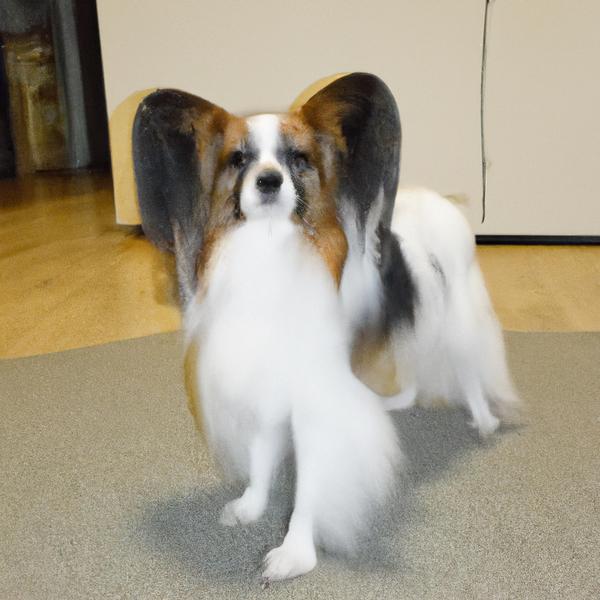Papillon vs. German Sheprador: Breed Differences and Similarities
Weight Gain Potential
Which breed eats more: Papillon or German Sheprador?
The Papillon and German Sheprador breeds have an average risk of becoming obese. Daily walks and a balanced diet of quality dry dog food can help maintain a healthy weight. An active lifestyle and monitoring weight regularly is recommended.
Hypoallergenic
Are Papillons or German Shepradors hypoallergenic, or neither?
Unfortunately, neither Papillon nor German Sheprador are hypoallergenic, which may not make them the best choice for dog lovers who suffer from pet allergies.
Temperament
What are the personalities of Papillon and German Sheprador dogs?
Alert
Friendly
Energetic
Happy
Intelligent
Energetic
Loyal
Protective
Alert
Guarding
Hunting
Trainable
Shedding Level
Do Papillons shed more than German Shepradors, or which breed sheds more, Papillons or German Shepradors?
Papillons shed very little hair, making them a great choice for those who dislike excess hair in the house.
German Shepradors shed a lot of hair each year, so frequent brushing is essential for reducing shedding and maintaining coat health.
Watchdog Ability
Which dog breed makes a better watchdog, the Papillon or German Sheprador?
Papillons are decent watchdogs - they'll alert their owner if something seems amiss.
Choose a German Sheprador if you want a top-notch watchdog. This breed takes guarding seriously, and may not require much training, though obedience or guard dog training can improve their skills.
Origin
What is the origin of Papillon and German Sheprador dog breeds?
France
United States
Ancestry
What are the origins of Papillon and German Sheprador breeds?
spitz, spaniel
German Shepherd and Labrador Retriever
Breed recognition
Which kennel clubs recognize/register Papillon and German Sheprador?
American Canine Registry
American Kennel Club
America's Pet Registry
Canadian Kennel Club
Dog Registry of America Inc.
Federation Cynologique Internationale
Kennel Club of Great Britain
North American Purebred Registry, Inc.
American Canine Association, Inc.
Australian National Kennel Council
Continental Kennel Club
National Kennel Club
New Zealand Kennel Club
United Kennel Club
International Designer Canine Registry
Dog Registry of America Inc.
Date of Birth
When were Papillon and German Sheprador breeds first developed?
1500
Unknown
Eye Color Possibilites
What are the eye colors of Papillon and German Sheprador dogs?
Brown
Brown
Nose Color Possibilites
What are the natural nose colors of Papillon and German Sheprador?
Black
Black
Coat Color Possibilites
What are the natural colors of the coat for Papillon and German Sheprador breeds?
White
Black
Fawn
Red
Brown
Sable
White
Gray
Blue
Cream
Red
White
Black
Coat Length
What is the typical coat length for Papillon and German Sheprador breeds?
Papillons have longer coats compared to most dogs.
German Shepradors have medium-length coats.
Coat Density
What is the density of the coat of Papillon and German Sheprador?
Coat Texture
What is the hair texture of Papillon and German Sheprador?
Straight
Litter Size
What is the usual litter size for Papillon and German Sheprador?
A Papillon can have a litter of 13-16 puppies on average. However, it's worth noting that the size of the litters can vary greatly. Factors that can influence litter size include the health of the mother, breeding history, and genetics.
A German Sheprador can have a litter of 10-12 puppies on average. However, it's worth noting that the size of the litters can vary greatly. Factors that can influence litter size include the health of the mother, breeding history, and genetics.
Adaptability
Papillons are highly adaptable and versatile, making them excellent companions for families and individuals of all lifestyles.
German Shepradors have average adaptability to changes in lifestyle and living environments compared to other breeds.
Health Issues
Between Papillon and German Sheprador, which breed is more prone to health problems?
Papillon and German Sheprador breeds are generally considered to be healthy. However, like all breeds, they are susceptible to certain health issues and it is important to keep an eye out for them and address them with your veterinarian as needed.
Major Concerns
What are the major health concerns for Papillon and German Sheprador breeds?
Patellar Luxation
Deafness
Hip Dysplasia
Mitral Valve Disease
Allergies
Hip Dysplasia
Bloat
Minor Concerns
What minor health issues should be kept in mind when owning Papillon and German Sheprador?
Progressive Retinal Atrophy
Cataracts
Von Willebrand's Disease
Follicular Dysplasia
Ear Infections
Occasional Tests
What occasional tests are recommended for Papillon and German Sheprador breeds?
Knee
Heart
Dna For Vwd
Hips
X-Rays
Eye Examination
Physical Examination
X-Rays
CT Scan
Physical Examination
Allergy Testing
Energy
How do the energy levels of Papillons and German Shepradors compare?
Papillons' high energy levels make them unsuitable for a low-key dog, choose accordingly.
German Shepradors thrive on an active lifestyle due to their high-energy nature.
Social Needs
Papillon vs German Sheprador social needs comparison
Papillon has very high social needs and requires regular mental and physical stimulation, a job or purpose, and companionship.
German Sheprador has above average social needs and thrives with interaction with humans and other dogs.
Exercise Needed
Papillon vs German Sheprador exercise need comparison.
The Papillon and German Sheprador breeds need a high level of physical activity to maintain a healthy lifestyle. They also make great companions for people who lead an active lifestyle and enjoy running, hiking, or other outdoor activities. These breeds are not suitable for people with a sedentary lifestyle or those who live in small apartments.
Sleeping Need
Which of the two sleeps the most/least: Papillon or German Sheprador?
Papillons sleep less than other breeds but still need adequate sleep for good health.
German Shepradors are active and require sufficient sleep to stay healthy.
Drooling Tendency
Which drools more/less, Papillon or German Sheprador?
Papillon minimally drools, ideal for those who dislike drool marks on clothing.
German Sheprador has low drooling tendency, suitable for those who dislike drool marks.
Tendency to Bark
Do Papillons or German Shepradors bark more/less frequently?
Papillon dogs bark and howl frequently and are not recommended for quiet homes.
German Sheprador dogs are generally less vocal than other breeds and only bark when necessary, such as to alert their owner or communicate.
Territorial
Is the Papillon or German Sheprador a better guard dog?
Papillon dogs have a strong protective nature and territorial instinct. They are highly vigilant and will fiercely defend their home and family.
German Sheprador dogs are highly protective and make excellent guard dogs due to their strong instinct to defend their territory and owners, and their high level of vigilance.
Mouthiness
Mouthiness Comparison: Papillon vs German Sheprador?
Roaming urge
Papillon vs Labrador: Running away tendency?
Prey Drive
Papillon or German Sheprador - which breed has a higher level of prey drive?
Past times
What are some enjoyable activities and ways to keep Papillon and German Sheprador entertained?
Walking, Playing, Walk, Sniffing, Catch treats, Off-leash, Chasing Animals, Eating Snacks, Nap
Walk, Swim, Hunt, Fetch, Nose work, Spring pole, Barn hunt, Running, Playdate, Frisbee, Hike, Chase, Dog Parks, Walking, Road trip, Tug-of-war, Cuddling, Tug of war, Hiking, Walks, Run, Jog, Jump, Riding in Car, Training, Tricks, Camping, Rough play, Playing, Shouting
Activity Level
Which breed has higher energy, Papillons or German Shepradors?
Papillons are medium-energy dogs and typically enjoy socializing and playing casual or even sustained games of chase with other dogs. They may also have occasional periods of barking or racing around the house.
German Shepradors are high-energy dogs. They need mental as well as physical exercise. These dogs require a lot of your involvement and without it they can, and will, become problematic dogs.
Tolerance of being left alone
Walks per Week
How many miles should Papillon or German Sheprador walk each week?
There's really no limit to how far you walk your dog as long as they're comfortable. For Papillon, it's at least 7 miles / week. Just remember to build distance and stamina gradually over time.
There's really no limit to how far you walk your dog as long as they're comfortable. For German Sheprador, it's at least 12 miles / week. Just remember to build distance and stamina gradually over time.
Activity per Day
Do Papillons or German Shepradors require more exercise?
In general most Papillons usually need at least 45 minutes of exercise daily. This can be spread across the day and include all sorts of high-energy activities, like walking, running and playing.
In general most German Shepradors usually need at least 60 minutes of exercise daily. This can be spread across the day and include all sorts of high-energy activities, like walking, running and playing.
Grooming
Which breed is easier to maintain in terms of grooming, Papillons or German Shepradors?
The Papillon requires an average amount of grooming compared to other breeds.
The German Sheprador is a low-maintenance breed that doesn't require much grooming.
Brushing Frequency
What is the recommended brushing frequency for Papillon and German Sheprador dogs?
Papillon should be brushed at least once a week. Of course you can give them more frequent brushes if you find that they are still shedding a lot
Ideally, German Sheprador should be brushed at least 2 or 3 times a week (preferably daily) improve shedding.
Brushing Tools
What brushing tools are used for Papillons and German Shepradors?
Slicker Brush
Scissors
Clipper
Nail Clipper
Pin Brush
Comb
Deshedder
Nail Clipper
Cups
How much food should be given to Papillon or German Sheprador in cups?
For an average 8-10 pound (4 - 5 kg) Papillon feed 1 cups daily. But, keep in mind, the amount you feed is going to be dependent on the quality of the food you are feeding.
For an average 85-95 pound (39 - 43 kg) German Sheprador feed 3 cups daily. But, keep in mind, the amount you feed is going to be dependent on the quality of the food you are feeding.
Daily Cost
Which breed has a higher daily cost, Papillon or German Sheprador?
The average cost of a Papillon is somewhere $1.40 - $1.40 per day.
The average cost of a German Sheprador is somewhere $2.10 - $2.70 per day.
Monthly Cost
Which breed has a higher monthly cost, Papillon or German Sheprador?
The average per month expenses of a Papillon is between $35 - $42. This makes an average of $420 - $504 per year. It will be on the higher side when the dog is still small because it will need more frequent visits to the vet, shots.
The average per month expenses of a German Sheprador is between $55 - $73. This makes an average of $660 - $876 per year. It will be on the higher side when the dog is still small because it will need more frequent visits to the vet, shots.
Intelligence
Comparing Intelligence: Papillons vs German Shepradors
Papillon is highly intelligent and very trainable.
German Sheprador is a very intelligent and trainable breed.
Sensitivity Level
How do Papillon and German Sheprador compare in sensitivity?
Papillons have average emotions and adapt well to different situations.
This breed is sensitive to its environment and best suited for patient and understanding families with a consistent routine.
Affection Dependance
Which is the more affectionate dog breed: Papillon vs German Sheprador?
Apartment Friendly
Which breed is more apartment-friendly: Papillon or German Sheprador?
Papillons are good apartment dogs as long as they get enough exercise and stimulation outside of the apartment.
German Shepradors can do well in apartments with enough exercise and time outside, but a small yard would be ideal.
Child Friendly
Do Papillons or German Shepradors have a friendlier temperament towards children?
Papillons are good with kids if socialized and trained from a young age.
German Shepradors make excellent family pets for kids due to their gentle, protective nature and calm temperament.
Senior-friendly
Which dog is more suitable as a pet for the elderly - Papillon or German Sheprador?
Cat Friendly
Do Papillon or German Sheprador breeds have a better compatibility with cats?
Papillons are very friendly with cats and make great companions for them.
German Shepradors are average in their friendliness toward cats and tend to do well with them, especially if raised together.
Dog Friendly
Which breed is more sociable with other dogs: Papillon or German Sheprador?
Papillons are less friendly towards other dogs, but can improve with socialization.
German Shepradors are friendly and active companions, and can be good family pets, though their friendliness towards other dogs may vary.
Pet friendly
How do Papillon or German Sheprador dogs interact with other pets?
Stranger Friendly
Which breed is more friendly with strangers: Papillon or German Sheprador?
Papillons are highly friendly around strangers.
German Shepradors are friendly but may bark at strangers, and training is easy due to their intelligence.
Playfulness
Which breed is more playful between Papillon and German Sheprador?
Papillon and German Sheprador are known to be highly playful dogs. So if you're not up for all that, think about adopting slightly older Papillon and German Sheprador for a mellower experience.
Trainability
How do the trainability levels of Papillons and German Shepradors compare?
Papillon and German Sheprador dogs are known for their ease of training and ability to learn quickly, making them a popular choice for pet owners and trainers alike.
Compare Papillon with other breeds
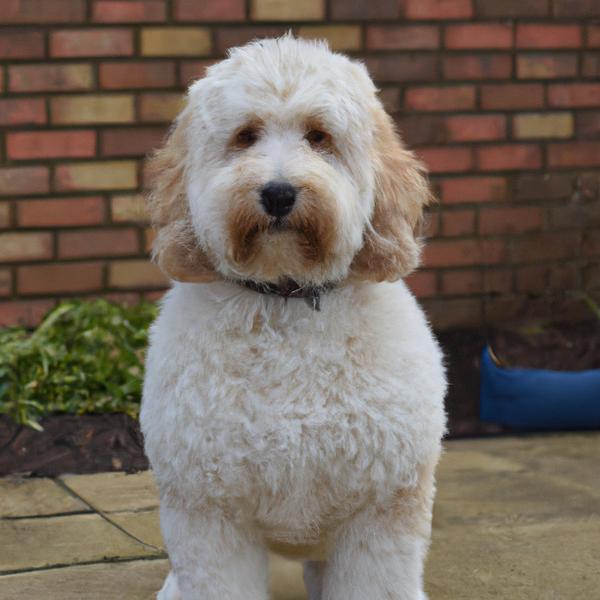
English Boodle
Papillon vs English Boodle
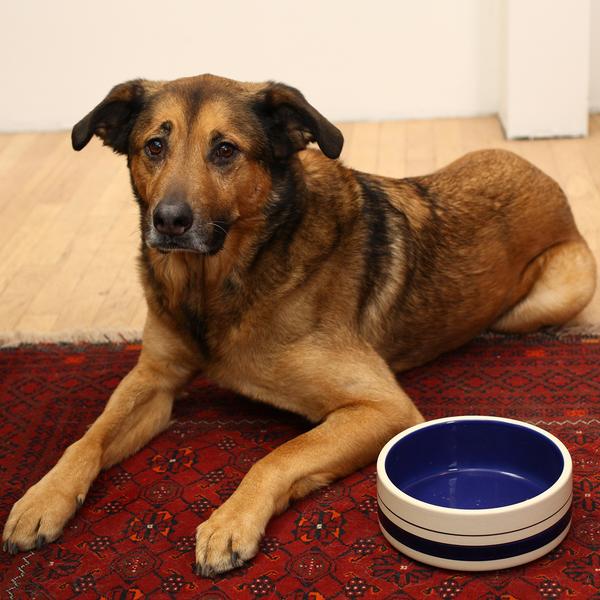
German Sheprador
Papillon vs German Sheprador
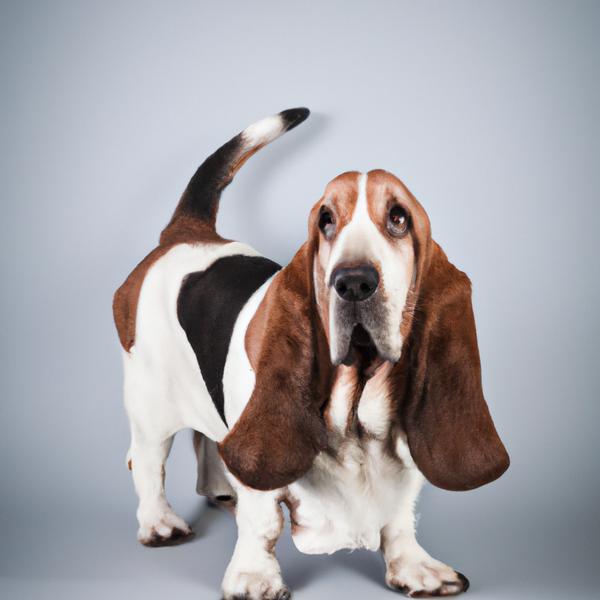
Lha-Basset
Papillon vs Lha-Basset
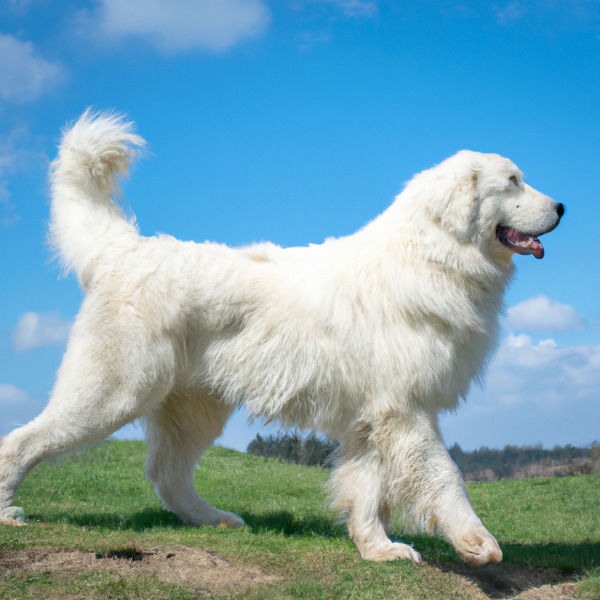
Polish Tatra Sheepdog
Papillon vs Polish Tatra Sheepdog
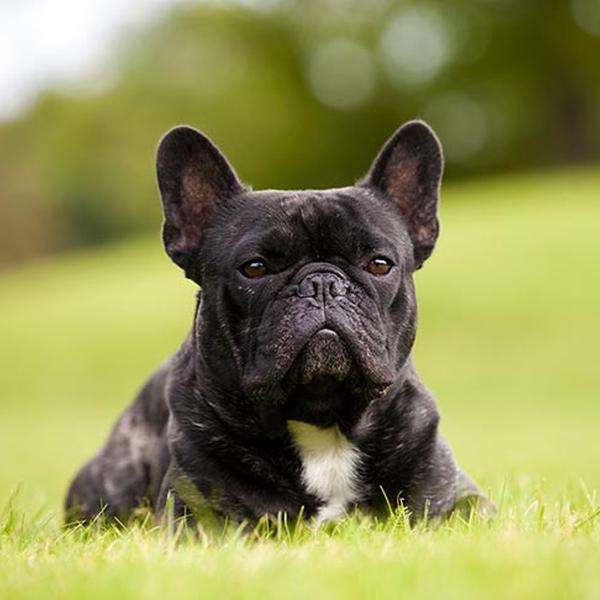
French Bulldog
Papillon vs French Bulldog
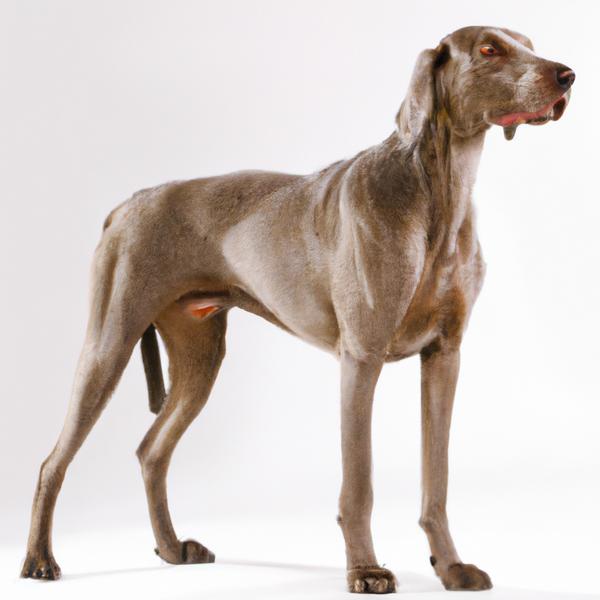
Mauzer
Papillon vs Mauzer
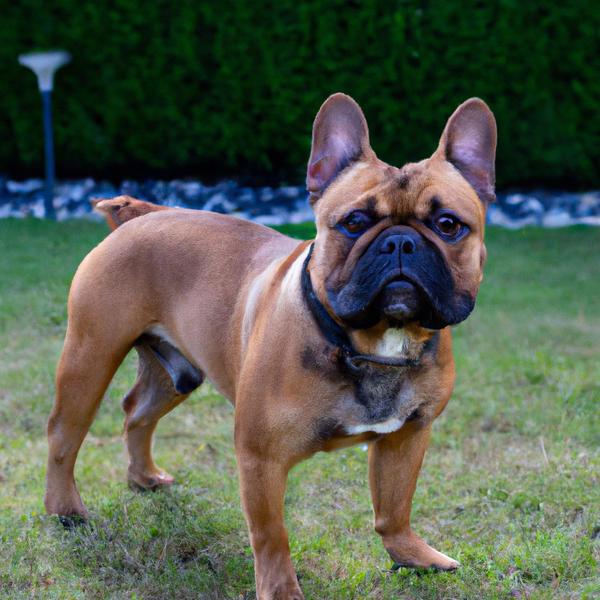
French Masti-Bull
Papillon vs French Masti-Bull
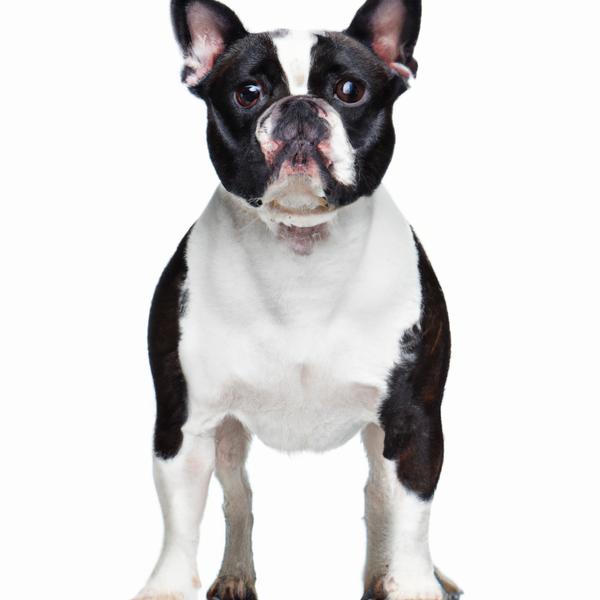
American French Bulldog
Papillon vs American French Bulldog
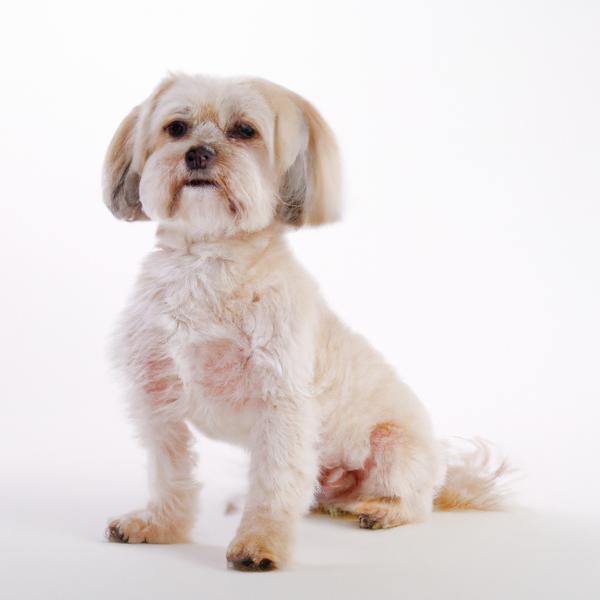
Wee-Chon
Papillon vs Wee-Chon

Rat Terrier
Papillon vs Rat Terrier
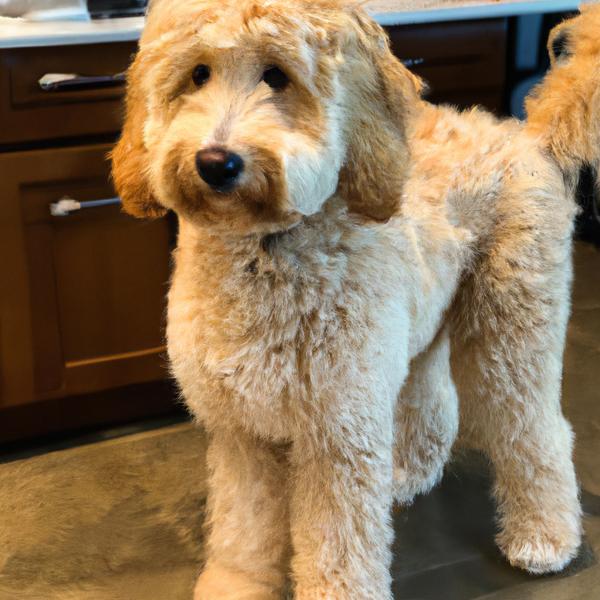
Miniature Goldendoodle
Papillon vs Miniature Goldendoodle
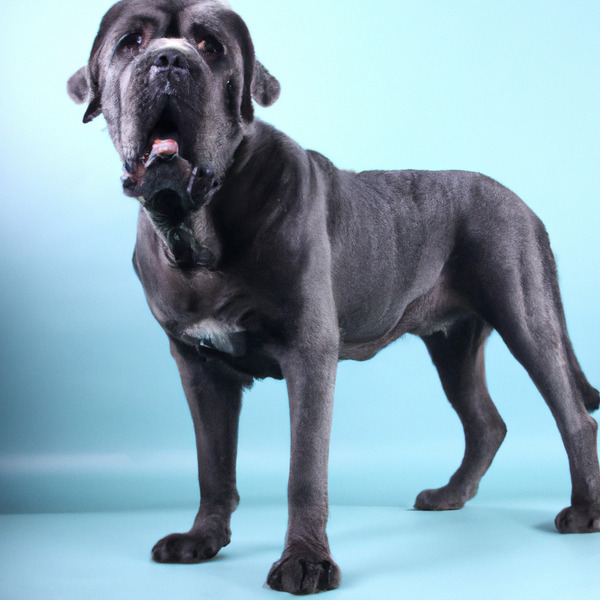
Neapolitan Mastiff
Papillon vs Neapolitan Mastiff
